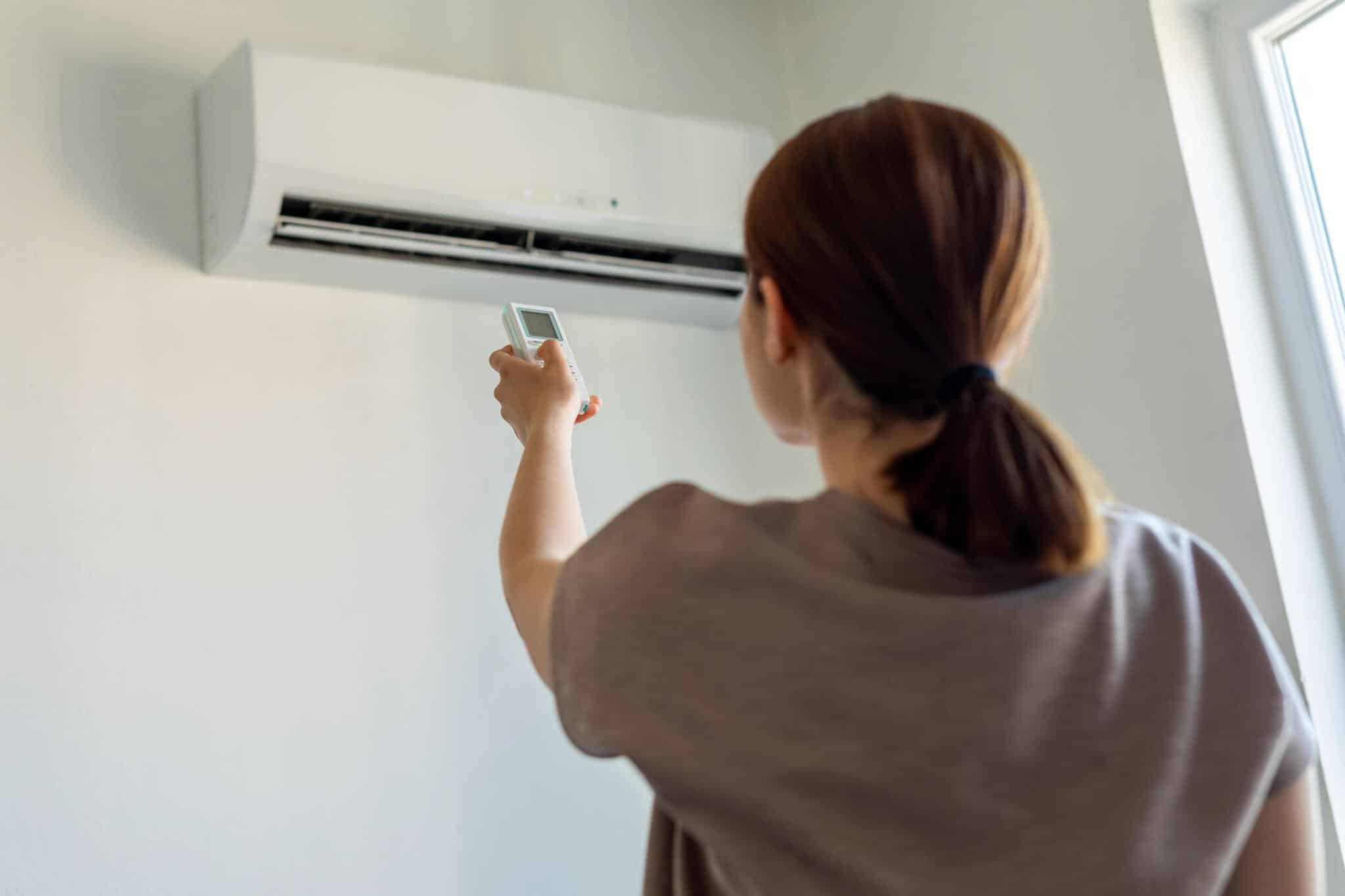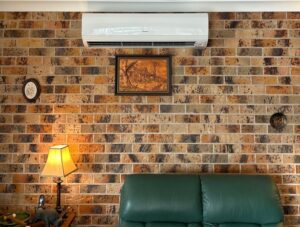When you leave your home, you might wonder whether it’s wise to turn off the AC. On one hand, you can save on energy costs and reduce your carbon footprint, but on the other, returning to a stifling house can be uncomfortable. It’s a dilemma many face, and the right choice depends on various factors like your home’s insulation and the duration of your absence. What if there are smarter ways to manage your cooling without sacrificing comfort or efficiency? Let’s explore the options that could change how you approach this decision.
Understanding Energy Consumption
Understanding how your air conditioning unit consumes energy can help you make smarter choices about when to turn it off. Your AC works by pulling in warm air, cooling it, and circulating it throughout your home. This process requires significant energy, especially during peak heat hours.
By knowing your unit’s energy consumption rate, you can pinpoint times when it’s more efficient to shut it down. For example, if you’re leaving for several hours, turning off the AC might save you more energy than keeping it on low.
Additionally, consider the outdoor temperature; if it’s cooler outside, opening windows can help maintain comfort without relying on your AC. Being aware of these factors empowers you to make informed decisions about your energy use.
Benefits of Turning Off AC
Turning off the AC when you leave home can lead to significant energy savings and lower utility bills. By not cooling an empty space, you reduce your energy consumption, which benefits both your wallet and the environment. You’ll notice a difference in your monthly expenses, especially during the hotter months.
Additionally, turning off the AC allows your home to maintain a more natural temperature, which can be healthier for your indoor environment. You might even find that your HVAC system requires less maintenance over time, as it’s not working harder than necessary.
Drawbacks of Turning Off AC
While turning off the AC saves energy, it can lead to uncomfortable heat build-up in your home, making it less inviting when you return. The temperature can soar, creating a stifling environment that takes time to cool down once you’re back.
This can be especially bothersome during the hotter months, when you’d prefer to walk into a comfortable space. Additionally, high temperatures can cause damage to sensitive electronics or materials, like wood furniture or artwork.
You might also find that turning the AC back on after a long absence leads to uneven cooling, making it harder to achieve a consistent temperature throughout your home. These drawbacks can outweigh the initial energy savings, leaving you feeling regretful about your decision.
Alternative Solutions to Consider
Consider using a programmable thermostat to maintain a comfortable temperature in your home even when you’re away, saving energy without the discomfort of extreme heat. You can set it to cool your space just before you return, ensuring a pleasant environment.
Additionally, ceiling fans can help circulate air, making rooms feel cooler without overworking your AC. If you’re concerned about humidity, consider using a dehumidifier to keep the air comfortable.
Planting trees or installing window treatments can also block sunlight, naturally cooling your home. If you’re gone for extended periods, consider using smart home technology to monitor and adjust your cooling system remotely.
These alternatives can help you save money while keeping your home liveable.
Making the Right Choice
Deciding whether to turn off the AC when you leave home requires weighing comfort against energy savings. If you’re gone for an extended period, shutting it off might save money on your energy bill. However, consider your home’s temperature fluctuations and humidity levels.
If it’s a scorching day, returning to a stifling house can be uncomfortable and may even damage your furniture or electronics. You might also explore smart thermostats that adjust temperatures based on your schedule, allowing you to strike a balance between comfort and savings.
Ultimately, think about your habits and the climate in your area. By evaluating these factors, you can make an informed choice that works for your lifestyle and keeps your home comfortable.
Frequently Asked Questions
How Long Can I Leave My AC off Safely?
You can safely leave your AC off for several hours, especially if temperatures aren’t extreme.
Just keep an eye on humidity levels and ensure your home’s ventilation remains adequate to prevent mould growth.
Will Turning off the AC Damage My Unit?
Turning off your AC won’t damage the unit, but frequent cycling can stress components.
It’s better to maintain a consistent temperature, so consider adjusting settings instead of completely shutting it down when you leave.
What Temperature Should I Set My Thermostat When Leaving?
When you leave, set your thermostat to around 78°F. This balance helps maintain comfort without overworking your AC, saving energy while preventing excessive heat build-up indoors.
You’ll notice lower energy bills too!
Does Turning off the AC Save Money on My Bill?
Turning off the AC can save you money on your bill. However, it might lead to higher indoor temperatures when you return.
Consider setting it to a higher temperature instead for comfort and savings.
Can I Use Fans Instead of AC When I’m Away?
You can use fans instead of AC when you’re away, but their effectiveness depends on temperature and humidity.
Fans circulate air, providing some relief, but they won’t cool your home as efficiently as an AC unit.
Conclusion
In the end, deciding whether to turn off the AC when you leave your home comes down to balancing comfort and energy savings.
While turning it off can reduce costs and your carbon footprint, returning to a sweltering house isn’t pleasant.
Consider using smart technology or programmable thermostats to maintain a comfortable environment without wasting energy.
Ultimately, you can find a solution that fits your lifestyle and keeps your home cozy while being mindful of costs.



